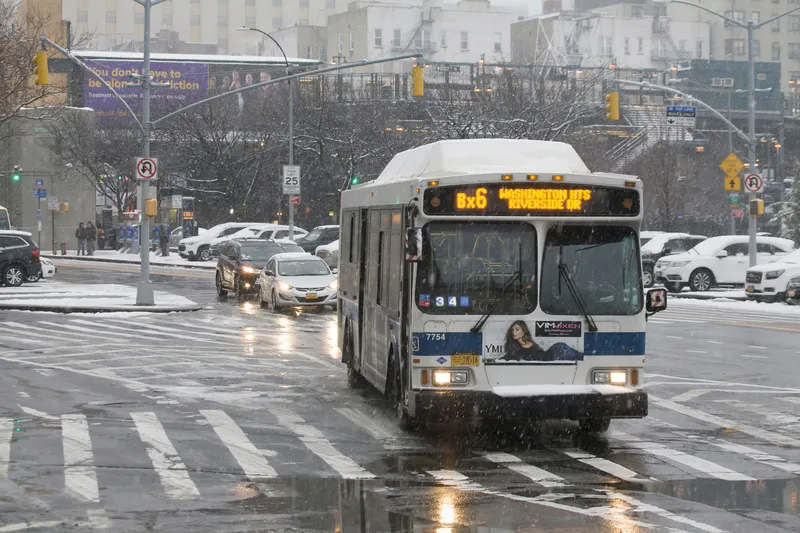
Viva sensors are being used in a New York City pilot to improve road safety.
New York City Department of Transportation (NYCDoT) has put Viva (the US name for UK firm VivaCity) sensors on streetlight poles in 12 locations in Brooklyn, Bronx, Manhattan and Queens to see if they are cheaper and more accurate than manual traffic counts.
The technology collects street activity data via camera, then classifies and counts road users in real time.
This will help "to generate detailed reports that will allow planners to better understand the uses of city streets and inform future street redesigns", NYCDoT says.
The Viva sensors identify and count up to nine different modes of travel, including pedestrians, cyclists, cars, buses, trucks and e-scooters.
They can see seasonal changes in travel patterns, show path and speed of travel, and detect near-miss incidents and turning movements.
Viva will provide street activity count data by analysing video footage from temporarily installed cameras or existing live feeds.
The agency will use the data to analyse the effectiveness and safety of its initiatives and street designs, and to prioritise projects for areas most in need of street improvements.
The sensor information will also help NYCDoT to better understand how people use the streets themselves - for instance, accessing bus stops or loading zones, visiting businesses, or preferred places to cycle.
NYCDoT insists: "The pilot prioritises privacy, identifying data-collection methods that protect privacy by removing identifying information of roadway users and discarding video frames after counts are collected on the device."
The project is a partnership between NYCDoT, New York City’s Office of Technology and Innovation and City University of New York.
It was funded primarily by a grant from the New York State Empire State Development Corporation, with support from Federal Raise and Safe Streets For All grants.








